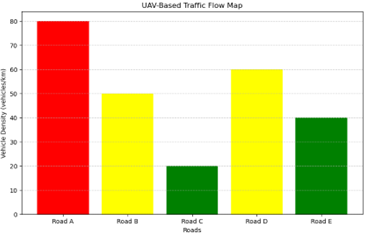Hierarchical Graph Convolutional Networks with Attention Mechanisms for Integrated Urban Traffic and Energy Network Prediction Using UAV and GIS Data
Keywords:
Urban Traffic Prediction, Energy Network Modeling, Spatiotemporal AnalysisAbstract
Urbanization and the rapid growth of both vehicular traffic and energy demand present significant challenges for sustainable urban planning. Accurate spatiotemporal modeling of traffic flow and energy network infrastructure is crucial for efficient management, real-time decision-making, and smart city development. This study proposes a hierarchical Graph Convolutional Network (GCN) integrated with attention mechanisms to model complex interactions within large-scale urban traffic and energy systems. High-resolution data collected from unmanned aerial vehicles (UAVs) and GIS-based spatial datasets were used to construct predictive models for traffic congestion and energy network behavior. The proposed framework captures local and global dependencies, prioritizes critical nodes, and efficiently manages large-scale interconnected systems. Results demonstrate high predictive accuracy in traffic flow (MAE = 3.12 vehicles/min, Pearson r = 0.91) and energy network node classification (accuracy = 95.3%). Sensitivity and ablation analyses confirm the importance of hierarchical decomposition and attention mechanisms for model performance. Case studies illustrate the practical utility of the framework in real-time traffic management and predictive energy infrastructure monitoring. Overall, this research presents a scalable, robust, and data-driven methodology for integrated urban system modeling, supporting informed decision-making and sustainable infrastructure planning.


